- Jawline Treatment with Hyaluronic Acid
- Chin Augmentation for Harmonious Facial Features
- Lip Augmentation
- The Russian Lips (Doll-Lips) Technique with Hyaluronic Acid
- Effective Non-Surgical Rhinoplasty: Hyaluronic Acid Application
- Hyaluronic Acid Injection for Nasolabial Folds
- Remove Dark Circles, Tear Troughs & Eye Bags
- Cheek Augmentation – Cheekbone Injections
Inhalt des Beitrags
Sweat-Free and Confident: how Botox for Underarm Wetness Can Change your Life
Everyone sweats. It’s a natural function of our body to regulate our body temperature. But for some people, sweating has become a real problem. If you are among those who suffer from excessive sweating, you might be all too familiar with this. The constant feeling of wetness in the armpits can severely affect self-confidence and limit social life. But there is a solution: Botox for sweating.
Botox is usually associated with wrinkle treatment, but it has also proven to be an effective method for treating hyperhidrosis. In this article, we will delve deeper into how Botox can help reduce excessive underarm sweating and what impact it can have on your life.
What is Hyperhidrosis and how Does it Affect your Life?
Hyperhidrosis is a medical term for excessive sweating. It is a disorder of the sweat glands that causes the body to produce more sweat than is actually necessary to regulate body temperature. People with hyperhidrosis can sweat heavily even in completely relaxed situations, leading to unpleasant stains on clothing and unpleasant body odor.
The impact of hyperhidrosis on the lives of those affected should not be underestimated. It is not just an aesthetic problem, but can also lead to psychological distress. Many people with hyperhidrosis feel that they cannot act freely in their social lives because they constantly worry about whether others will notice their sweat stains. Self-confidence and self-esteem can suffer greatly, which can lead to social isolation.
The Benefits of Treating Hyperhidrosis with Botox
Reducing Sweating with Botox: how Does it Work?
Botox, short for Botulinum Toxin, is a pharmaceutical agent used in medicine for various purposes. In the treatment of hyperhidrosis, Botox is injected into the sweat glands in the armpits. The botulinum toxin temporarily blocks the nerve impulses that stimulate the sweat glands to produce sweat. This significantly reduces sweat production in the treated areas.
Botox Injections for Sweating: how is the Treatment Performed?
The treatment with Botox injections for excessive sweating is relatively straightforward and usually takes only a few minutes. First, the skin in the armpits is cleaned and disinfected. Then, Botox is precisely injected into the sweat glands with fine needles. The number of injections depends on the individual situation, but typically several injections are performed in each armpit.
Most patients report that the treatment is hardly painful. If desired, a local anesthetic cream can be applied before the treatment. Immediately after the treatment, you can resume your normal activities; there is no downtime. However, you should avoid physical exertion and high temperatures in the first few days after the treatment.
Botox Effect on Excessive Sweating: how Long Does it Last?
The effect of Botox for excessive sweating usually lasts for several months. Depending on the individual situation and the severity of hyperhidrosis, the effect can last between four and twelve months. After that, the treatment can be repeated if necessary.
It is important to note that Botox is not a permanent solution for excessive sweating, but it can mean a significant improvement for many people. Botox treatment offers a welcome reduction in sweating and can boost self-confidence.
The Risks and Side Effects of Botox Treatment for Hyperhidrosis
As with any medical treatment, Botox treatment also has risks and side effects that should be considered. However, most side effects are temporary and mild.
The most common side effects after Botox treatment for hyperhidrosis are temporary pain or redness at the injection site. In rare cases, bruising or mild swelling may occur, but these also disappear on their own. There is also a small risk of temporary muscle weakness near the injection site.
It is important to have the Botox treatment performed by an experienced doctor to minimize the risk of complications. We will inform you in detail about the possible side effects and take your individual situation into account.
Alternatives to Botox Treatment for Excessive Sweating
Although Botox treatment is an effective method for reducing excessive sweating, there are also alternative treatment options. Here, we want to present some of the most common options:
- Topical Antiperspirants: These agents are applied to the skin and temporarily block the sweat glands. They are usually available over-the-counter and can be an effective short-term solution.
- Medications: In some cases, certain prescription medications, such as anticholinergics, can be used to treat hyperhidrosis. These medications reduce the activity of the sweat glands but also have potential side effects.
- Iontophoresis: This method is based on the application of weak electric current to temporarily block sweat production. However, it requires regular treatments and may not be suitable for everyone.
- Surgical Procedures: In extreme cases of hyperhidrosis, surgery to remove the sweat glands may be considered. However, this option should only be considered as a last resort, as it is associated with more risks and complications than other methods.
It is important to talk to a doctor about the various treatment options and find an individual solution that best suits your situation.
Conclusion – a Lasting Solution for Sweating
Excessive sweating can significantly affect the lives of those affected and impair self-confidence. However, there are ways to reduce sweat production and achieve a sweat-free life. Botox treatment for hyperhidrosis has proven effective and offers a longer-term solution for people suffering from excessive sweating.
Botox injections temporarily block the nerve impulses that stimulate sweat production in the armpits. This significantly reduces sweat production and boosts self-confidence. The effect lasts for several months and can be repeated if necessary.
With the right treatment, you can lead a sweat-free and confident life.
FAQ
Frequently Asked Questions on: Botox for Excessive Sweating
What is hyperhidrosis?
Hyperhidrosis is a medical condition in which a person sweats excessively, even when there is no physical exertion or warm temperatures. This can occur in specific areas such as the armpits, hands, feet, or face.
How does Botox help with underarm wetness?
Botox can effectively help you with underarm wetness by blocking the nerves responsible for sweat production. Once Botox is injected into the affected areas, it inhibits the release of the neurotransmitter acetylcholine at the sweat glands. This leads to a significant reduction in sweat formation and lasts for several months. This way, you can feel more comfortable in your skin again and don’t have to worry about unpleasant sweat stains ruining your clothes.
How long does the effect of a Botox treatment for underarm wetness last?
The effect of a Botox treatment for underarm wetness typically lasts between four and six months.
After the injection, a significant reduction in sweat production is often noticed within a few days. You will find that your daily life is much more comfortable without the unpleasant underarm wetness.
To ensure the effect is continuously maintained, you should consider regular refresh treatments. Consultation with a specialized doctor is always advisable to determine the optimal treatment frequency for you.
Can I resume my normal activities immediately after the treatment?
After a Botox treatment for sweating, you can usually return to your normal activities immediately.
However, it is recommended to avoid intense physical exertion and extreme heat, such as saunas or hot showers, for the first 24 hours.
This helps to minimize potential side effects and achieve the best results from the treatment. Also, be careful not to touch or massage the treated areas excessively.
Please feel free to contact us with any questions or uncertainties.
23
Sep

ARZT BJÖRN FREY
26
Aug

ARZT BJÖRN FREY
18
Jun

ARZT BJÖRN FREY


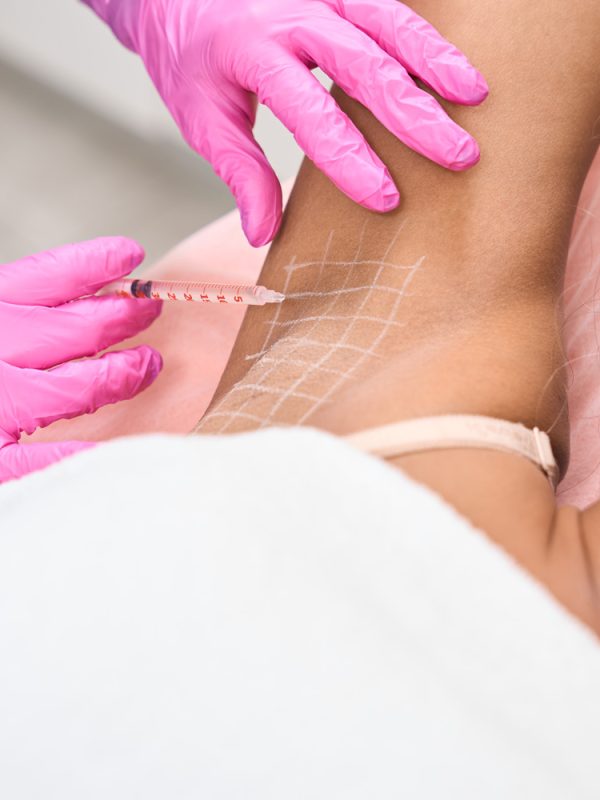

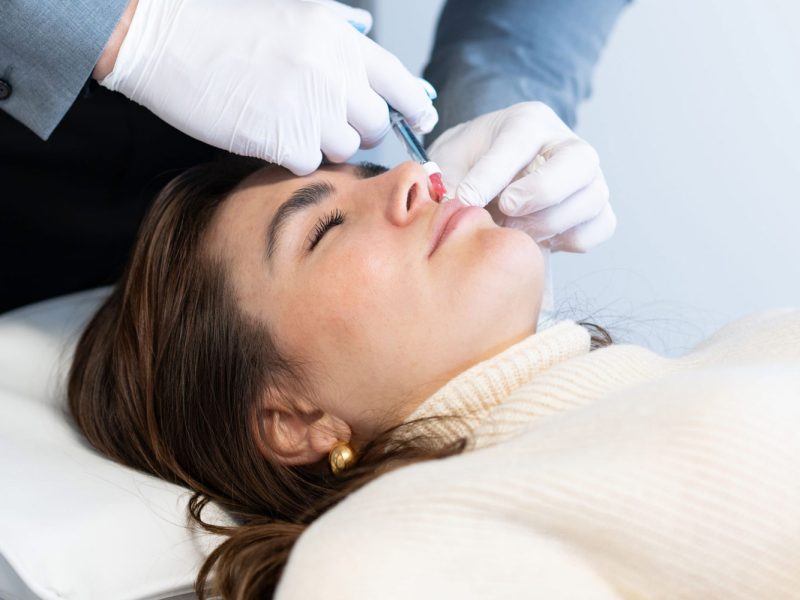



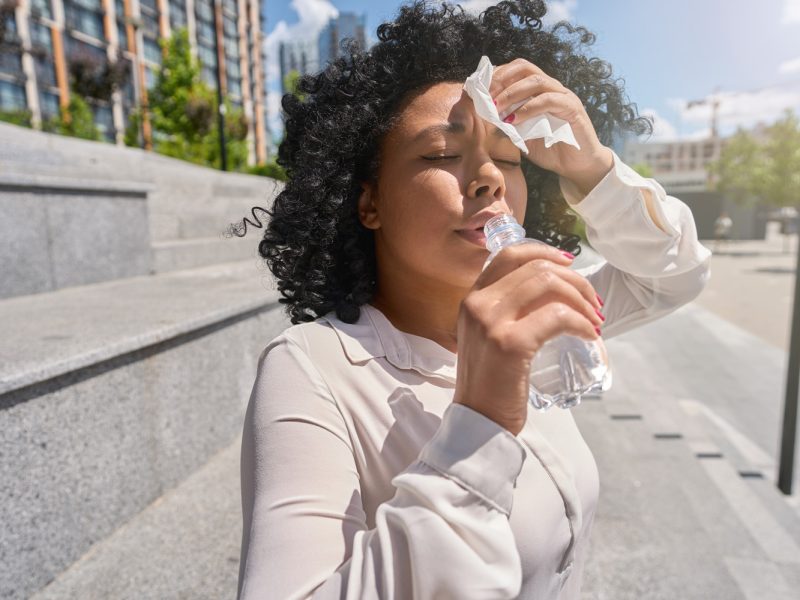
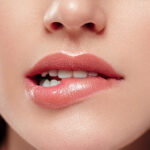 Lip Augmentation
Lip Augmentation The Russian Lips (Doll-Lips) Technique
The Russian Lips (Doll-Lips) Technique Effective Non-Surgical Rhinoplasty
Effective Non-Surgical Rhinoplasty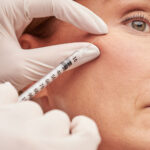 Cheek Augmentation – Cheekbone Injections
Cheek Augmentation – Cheekbone Injections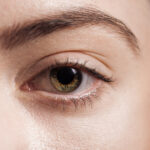 Remove Dark Circles, Tear Troughs & Eye Bags
Remove Dark Circles, Tear Troughs & Eye Bags Chin Augmentation
Chin Augmentation Jawline Treatment
Jawline Treatment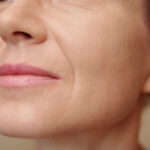 Nasolabial Folds
Nasolabial Folds Remove Forehead Wrinkles
Remove Forehead Wrinkles Remove Frown Lines
Remove Frown Lines Remove Crow’s Feet
Remove Crow’s Feet Reduce Neck Wrinkles
Reduce Neck Wrinkles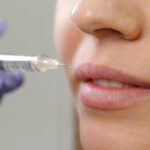 Lip Flip with Botox®
Lip Flip with Botox® Remove Bunny Lines
Remove Bunny Lines Botox® Treatment against Sweating
Botox® Treatment against Sweating Botox® for Teeth Grinding
Botox® for Teeth Grinding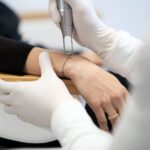 Tattoo Removal with Laser
Tattoo Removal with Laser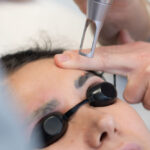 Remove Permanent Makeup
Remove Permanent Makeup Permanent Laser Hair Removal
Permanent Laser Hair Removal Fat-Away Injection
Fat-Away Injection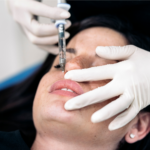 Hylase | Dissolve Hyaluronic Acid
Hylase | Dissolve Hyaluronic Acid Polynucleotide Treatment | PhilArt
Polynucleotide Treatment | PhilArt